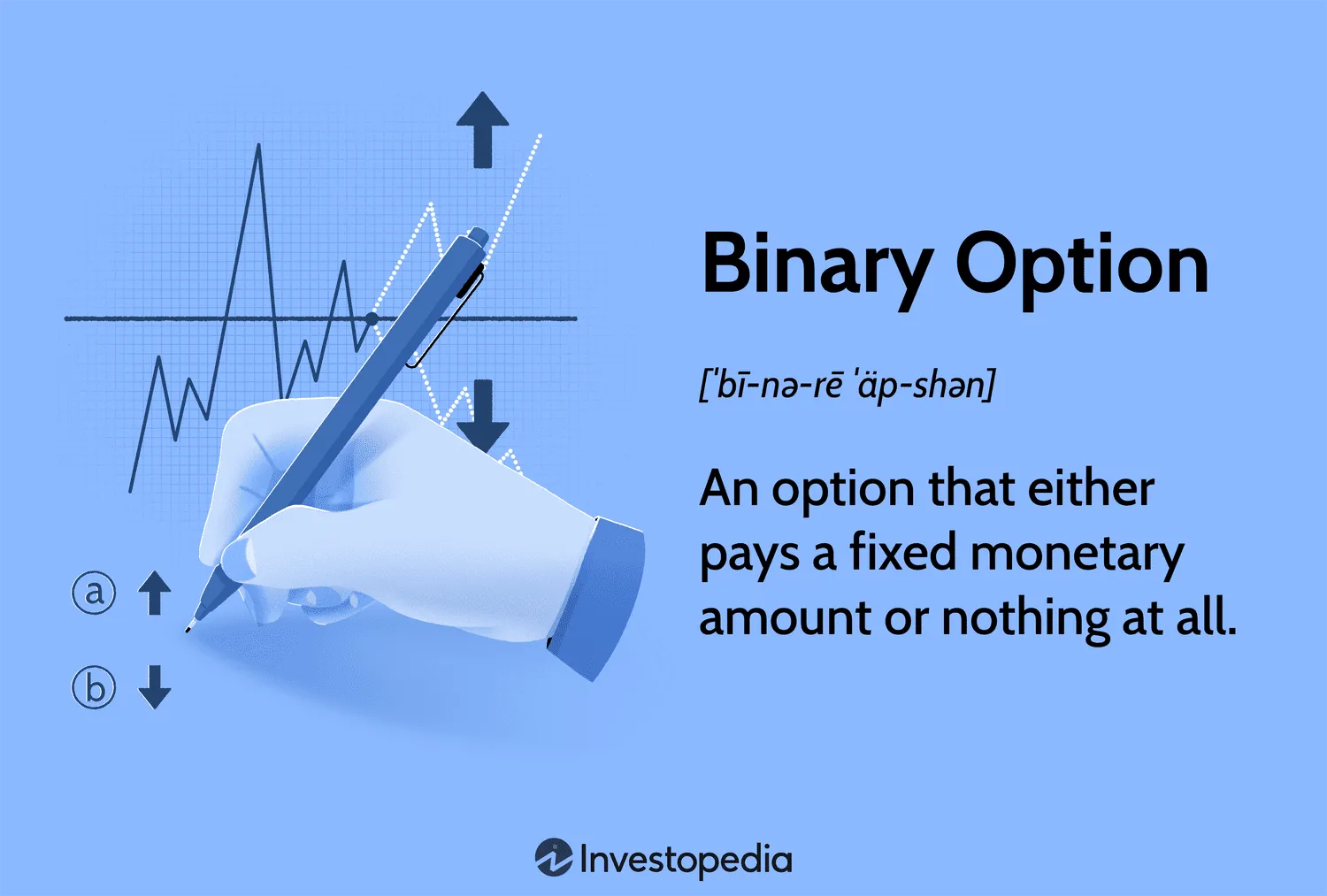Forex trading is one of the most dynamic financial markets in the world. To be successful, traders need more than luck they need proper analysis forex markets to make informed decisions. Analyzing the market helps traders understand trends, anticipate price movements, and execute profitable trades. In this guide, we’ll explore the key methods and strategies for analyzing Forex markets effectively.
1. Understanding Forex Market Basics
Before diving into analysis, it’s crucial to understand the Forex market fundamentals.
Key Elements of Forex Market Basics
- Currency pairs: major, minor, exotic
- How exchange rates work
- Market participants
2. Fundamental Analysis in Forex
Fundamental analysis evaluates economic, political, and social factors.
Important Factors in Fundamental Analysis
- Economic indicators (GDP, inflation, interest rates)
- Central bank policies
- Political and global events

3. Technical Analysis Techniques
Technical analysis Forex markets uses price charts and indicators.
Popular Technical Tools
- Candlestick patterns
- Support and resistance
- Moving averages, RSI, MACD
4. Sentiment Analysis
Sentiment analysis measures the mood of traders in the market.
Ways to Check Market Sentiment
- COT reports
- Social trading platforms
- Market surveys
5. Timeframe Analysis
Analyzing multiple timeframes improves decision-making.
Common Timeframes Used by Traders
- Short-term: 1-min, 5-min, 15-min charts
- Medium-term: 1-hour, 4-hour charts
- Long-term: Daily, weekly, monthly charts

6. Risk Management in Market Analysis
No analysis is useful without proper risk management.
Risk Management Essentials
- Setting stop-loss and take-profit levels
- Using risk/reward ratios
- Proper position sizing
7. Using Forex Trading Tools
Modern tools make analysis forex markets more effective.
Essential Forex Tools
- Trading platforms (MetaTrader, TradingView)
- Economic calendars
- Automated trading systems (EAs)
8. Avoiding Common Analysis Mistakes
Even skilled traders can make errors.
Mistakes to Avoid
- Using only one type of analysis
- Ignoring news and global events
- Overtrading without confirmation
9. Developing a Personalized Analysis Strategy
Each trader should build their own strategy.
How to Create a Strategy
- Combine technical, fundamental, and sentiment analysis
- Test in demo accounts
- Adjust based on results
10. Continuous Learning and Adaptation

Forex is always changing, so traders must adapt.
Ways to Keep Improving
- Attending webinars
- Following trading blogs and experts
- Studying market trends
Conclusion
By learning to analyze Forex markets through different methods, traders can make smarter and more profitable trades. Combining fundamental, technical, and sentiment analysis while practicing discipline ensures long-term success.





